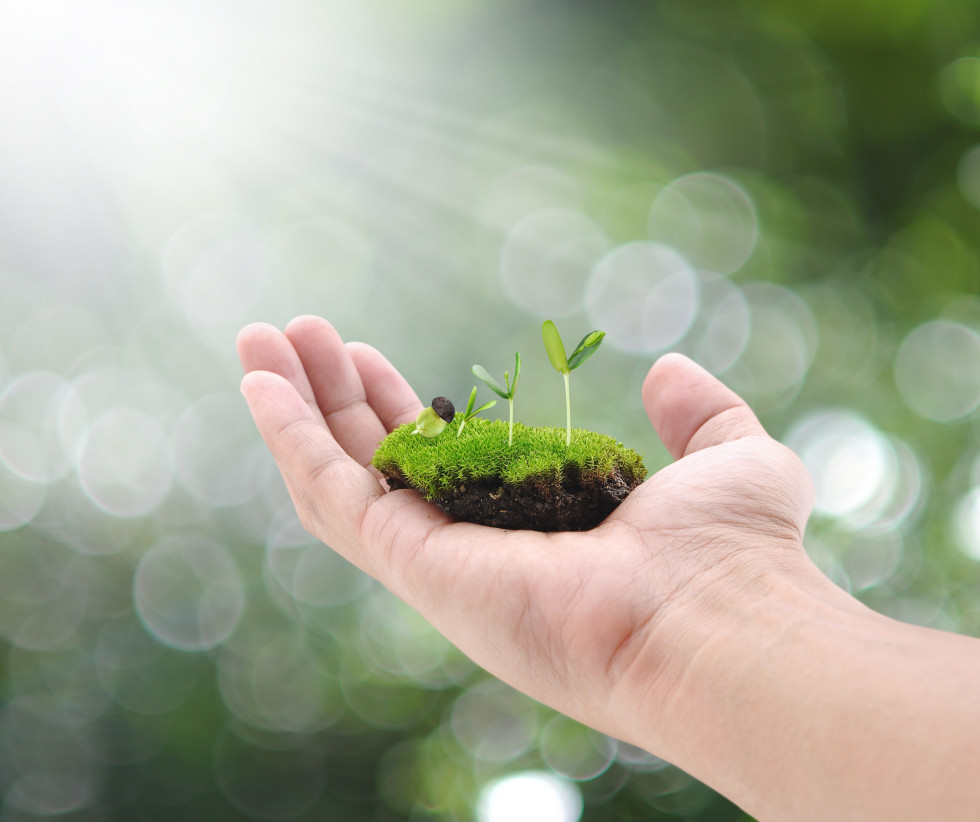There is only one Earth
The slogan of the Stockholm Conference in 1972 was "Only One Earth", which is still topical today, as Earth is our only home. We must strive to live in harmony with nature, which must be the focus of both policies and individual decisions.
According to the Slovenian Environment Agency, Slovenia covers less than 0.004 per cent of the entire Earth’s surface and 0.014 per cent of land, but more than one per cent of all known living species on Earth lives in this area and more than two per cent of terrestrial species. Such diversity in such a small territory places Slovenia among naturally richest areas in Europe and even the world. Nature in Slovenia is also among the most varied in the European Union. It has been preserved to such an extent that more than one half (56 per cent) of the country consists of areas of special importance. Slovenian nature is particularly safeguarded in 50 nature parks, 56 nature reserves, one strict nature reserve and by means of 1,161 natural monuments.
Some 22,000 animal and 3,500 plant species live in Slovenia; more than 2,000 of these are on the red list (of endangered plant and animal species), and more than 800 animal and 300 plant species are protected. Within Natura 2000, the largest network of protected areas in the world, Slovenia provides a haven for 205 animal and 27 plant species and 60 typical natural habitats, which is somewhat more than ten per cent of all the species and typical natural habitats of Nature 2000 in the European Union. Animal and plant species in Slovenia are in a similar condition as the average in the European Union.
The Statistical Office of the Republic of Slovenia highlights certain data that reveal an emphasis on a greener, cleaner and more sustainable life in Slovenia. In 2020, forest covered 58 per cent of Slovenia’s territory. Some 20 per cent fewer trees were felled in Slovenian forests in the same year than in 2019. The total amount of food waste generated in Slovenia increased by two per cent in 2020 compared to 2019 and by 21 per cent compared to 2013. EUR 412 million was earmarked for investment in environmental protection in 2020 or 69 per cent more than in 2019. The largest proportion of this amount was used for investment in the protection of the ambient air and climate, i.e. 49 per cent (EUR 200 million). Current expenditure for environmental protection increased by two per cent in 2020 compared to 2019, amounting to EUR 698 million. The largest proportion of this amount was used for waste management, i.e. 56 per cent (EUR 393 million). In 2020, 231 million cubic metres of urban waste water was fed into the public sewage system, which is four per cent less than in 2019.


